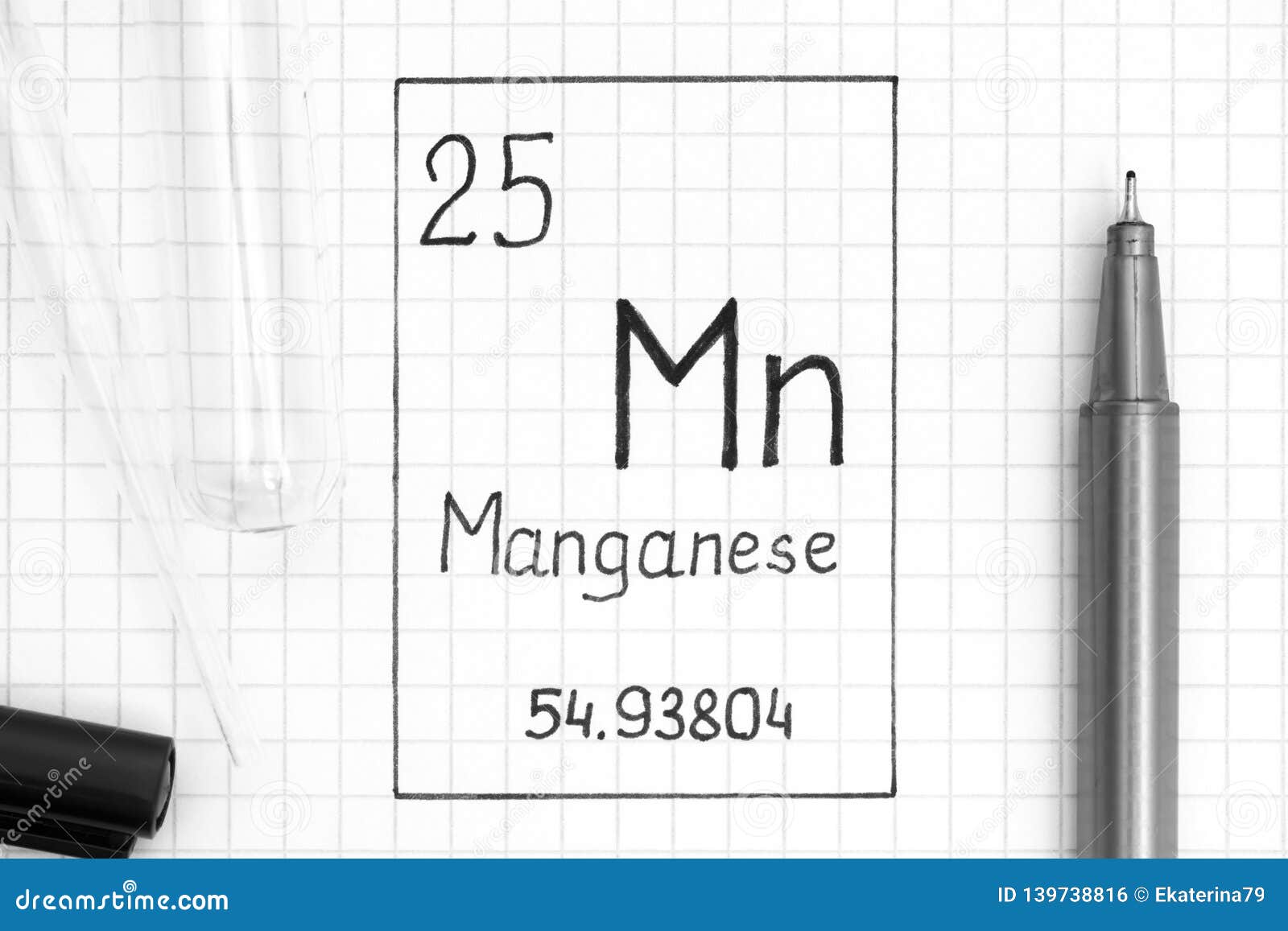
There were actually two towns named Magnesia in that region, Magnesia ad Maeandrum near Ephesus (abandoned after the Roman times) and Magnesia ad Sipylum near Smyrna (nowadays Manisa). Other sources give a town named Magnesia in Asia Minor as origin, which is incorrect. That explains why magnesium as well as magnet (and magnetism) are derived from Magnesia.

The region also contained large amounts of iron oxides (magnetite, or lodestone, for example) so that the ores were magnetized. Manganese and Magnesium were abundant in oxide and carbonate ores in this region, and they therefore became referred as Μαγνητις λιθος, or stones from Magnesia. The word Manganese is Italian and probably corrupted from "magnesia." The names magnesia alba and magnesia nigra are derived from Magnesia, Μαγνησια, a prefecture in Thessaly (Greece), with the capital Volos) (see map to the left). Several webpages mention that the metal was discovered in 1770 by Ignatius Gottfred Kaim in Vienna, and that it later was investigated by Bergman and Scheele. Bergman's assistant, Johan Gottlieb Gahn (1745-1818), finally isolated Manganese as an element.
#MN ELEMENT FREE#
It is not found as a free element in nature it is often found in minerals in combination with iron. In 1774 a friend of Bergman, Carl Wilhelm Scheele competed a three year investigation, called it Manganese, and described it as the calx of a metal different from any then known. Answer (1 of 22): Manganese is a chemical element with symbol Mnand atomic number 25.


In 1770 Torbern Olof Bergman (1735-1784), professor of chemistry at Uppsala, distinguished pyrolusite from lime and magnesia alba, described it as the calx of a new metal, but failed to reduce the ore. The Prussian chemist Johann Heinrich Pott (1692-1777) in 1740, proved that pyrolusite does not contain iron, as it was believed until then, and that it produced a wide variety of salts, which were different from those obtained from the iron oxides. This term was used in contrast with magnesia alba (hydrated magnesium carbonate, see Magnesium). Its dioxide, magnesia nigra (MnO 2), was the mineral pyrolusite, sometimes also called simply magnesia or manganese. Manganese compounds were already used in the Antiquity, but it is difficult to determine the beginning of its usage, once they were mistaken by other compounds such as those of iron and of other elements.


 0 kommentar(er)
0 kommentar(er)
